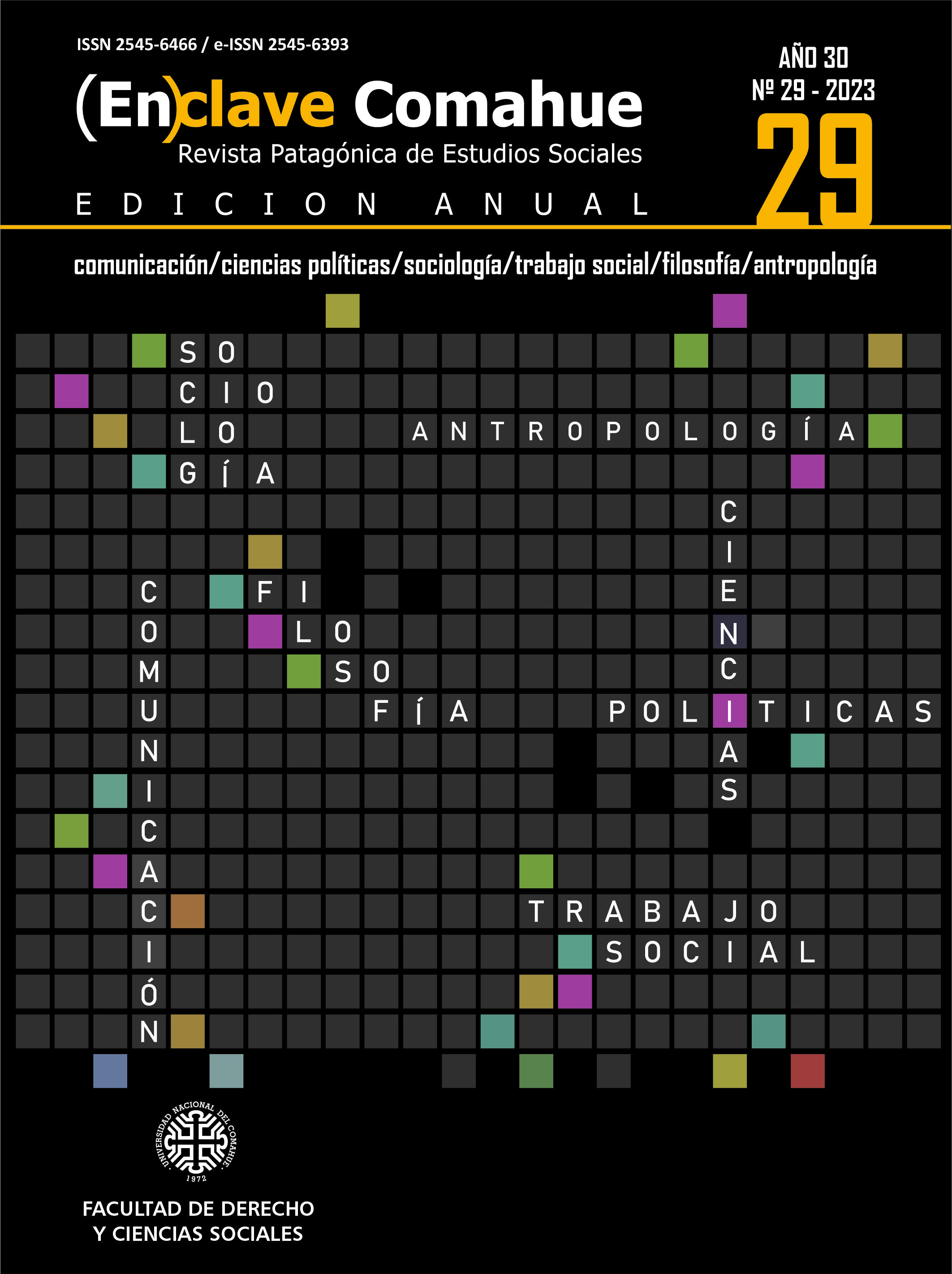Memory, identity, and migration. Crossroads in the construction of the “tijuanense”
Main Article Content
Abstract
This article presents the results of field work carried out from January to May 2021, in the city of Tijuana, whose objective was to explore how the sense of identity is built with a city to which one has migrated. At the same time, it was observed how the uses of memory, and the sense of identity are the filters through which our actors view and position themselves in the face of a “new” migration after the arrival of the so-called “migrant caravans” consisting of people from other countries. We argue that intersubjective communication played a relevant role in the construction of the memory of migrants, as well as in the process of adaptation to the city and in the construction of a dual identity, which consists of maintaining a sense of rootedness with their place of birth and at the same time identifying with the new space that is inhabited. For this purpose, fifteen semi-structured interviews were conducted with 40-to-70-year-old men and women who migrated from states such as Nayarit, Hidalgo, Michoacán, Sinaloa - among others - to settle in this town mainly between the seventies and eighties.
Among the results, it is highlighted that most of the analyzed journalistic articles include patriarchal stereotypes in their discourses.
Downloads
Article Details

This work is licensed under a Creative Commons Attribution-NonCommercial-ShareAlike 4.0 International License.
Los autores de los artículos publicados conservan los derechos de autor y garantizan a la revista el derecho a ser la primera publicación. Los autores podrán adoptar otros acuerdos de licencia no exclusiva de distribución de la versión de la obra publicada (p. ej.: depositarla en un repositorio institucional o en sus sitios personales) siempre que se indique la publicación inicial en esta revista.
Los artículos se publican bajo la licencia de Creative Commons Reconocimiento-NoComercial-CompartirIgual 4.0 Internacional, mediante la cual se permite copiar, reproducir, distribuir, comunicar públicamente la obra y generar obras derivadas, siempre y cuando se cite y reconozca al autor original. No se permite utilizar la obra ni sus posibles obras derivadas con fines comerciales.
ACLARACIÓN: En números anteriores al año 2017 se utilizó la licencia Creative Commons BY-NC-ND para la publicación de los artículos.
